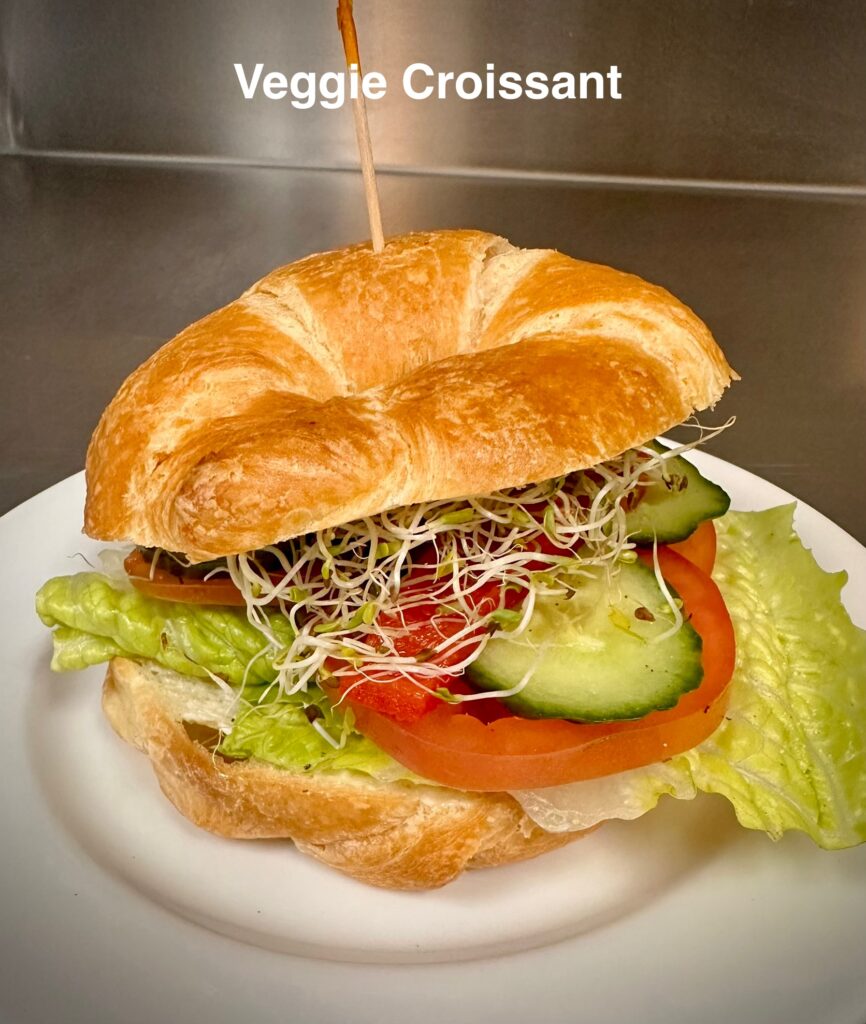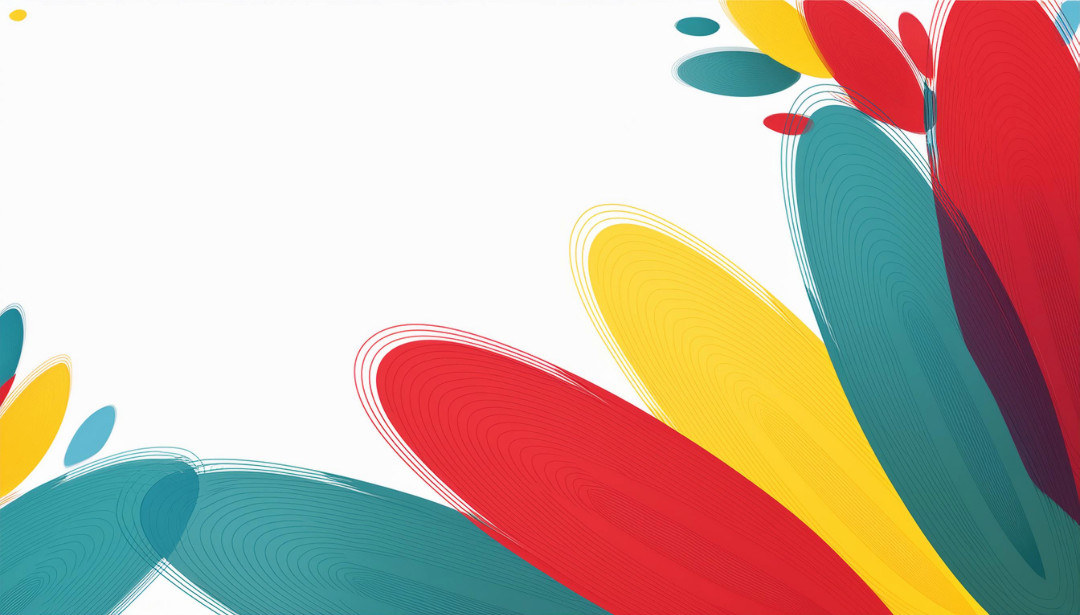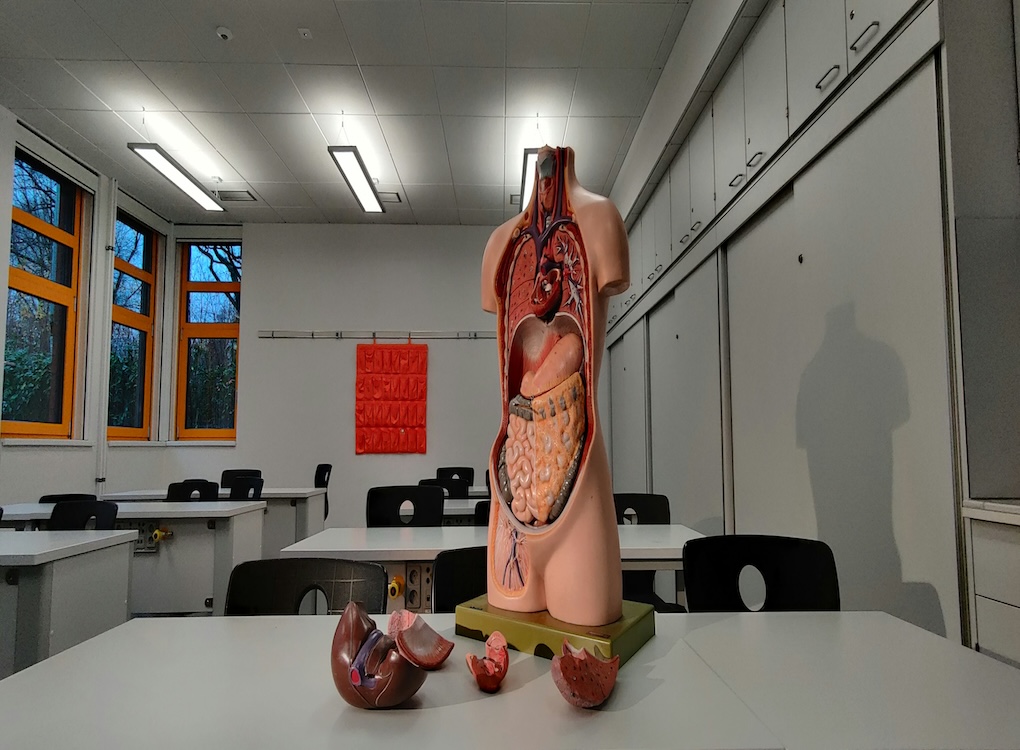Blog
Science vs Religion – or is it?
I am fascinated with how humans connect with religion, spirituality, and science.
There are many variations, combinations, and permutations – whatever the latter means.
I came across an article in Wired magazine based on David DeSteno’s book How God Works: The Science Behind the Benefits of Religion. A gold mine for connecting the dots of my three fascinations.
The author philosophically removed the theology from the religion and focused on religion’s day-to-day practices within faith.
First, here are a few research efforts to understand the topic that the author had undertaken in his employment life well before writing his book.
Fifty percent of a group who had eight weeks of study with a Buddhist lama to use meditation spontaneously helped a stranger in pain. The control group without the mediation had only 16%.
In another study, 50% of a control group lied about a series of coin flips where people would get money for a successful call. A group first asked to count their blessings, lied 27% of the time.
Most religions have actions as a group. Think kneeling, standing, and chanting in unison. Without going into great detail, one group was given a task in pairs that would have them jointly participate in a rhythmic finger-tapping session in which the tapping pace was the same. The control group had a tapping pattern that was rhythmically different from their partner’s. Fifty percent of the rhythmic tappers showed compassion to their partner when they struggled with a puzzle. The group without the rhythmic experience was rated at 18%.
For thousands of years, religion has re-iterated how to help humans address everyday problems. I could say they have it down to a science, but I won’t.
Science has much to learn from religion, as does religion from science. When science proved the world was not the centre of the universe, religions fought against this impossibility and its implications for their beliefs at the time.
Putting theology aside for a moment, it is similar to my science classes in high school. I ignored friction to learn about the world around me. It certainly helped to get the discussion started.
I quote a closing paragraph; “Rather than scoffing at religion and starting psychological investigations from scratch, we scientists should be studying rituals and spiritual practices to understand their influence, and where appropriate, create new techniques and therapies informed by them.”
Please give this a bit of a think. Are there actions that you do in a religious context that a non-believer would feel comfortable joining you – if the theology was put aside? And the other side of the coin deserves a visit. Are there everyday actions you do that are not directly associated with your theological beliefs that you’d feel comfortable doing with a friend in a religious context?
I am curious about your thoughts. Please share your bit of a think in the comment section below. It will come to me for approval before posting.
Photo by Kevin Kandlbinder on Unsplash
If you enjoyed The Blog, please share it with others. Thanks.
And my thanks to St. Albert’s 50+ Activity Centre for making this Blog possible.

Volunteer Blogger
glenn.walmsley@icloud.com










